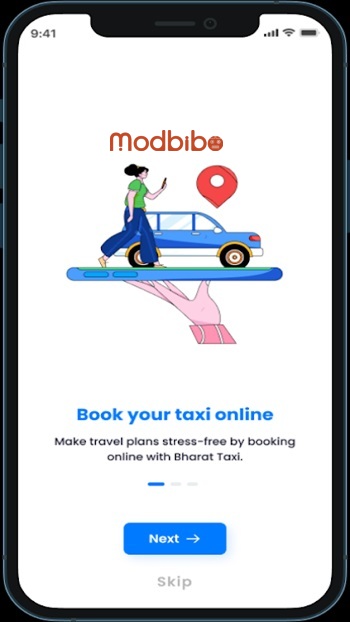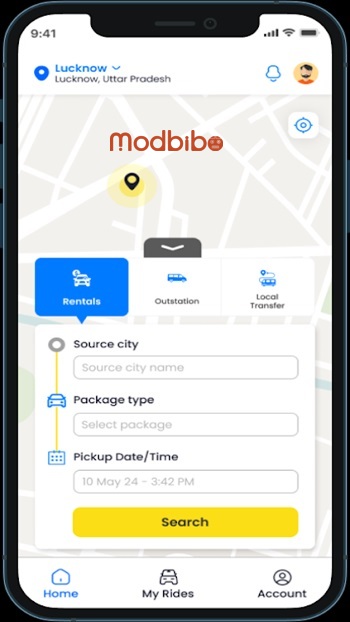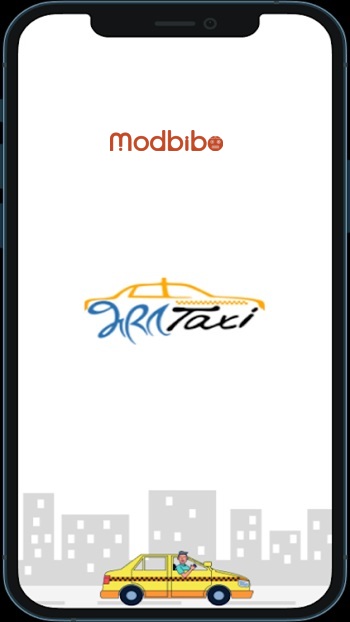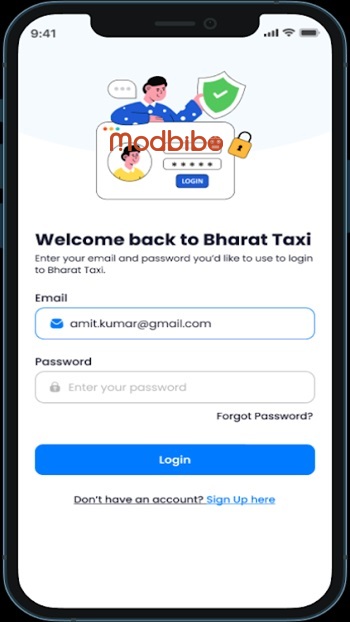
Bharat Taxi
Advertisement
Apps Overview
Bharat Taxi APK offers fast, reliable taxi booking across India with local, rental, and outstation cab services. Professional drivers, and 24/7 support for seamless travel.
Table of Contents
Bharat Taxi APK: A Full-Stack Look at India’s Taxi Booking Platform
Ever tried catching a cab in a crowded metro when it feels like everyone suddenly decided to leave their house at the exact same second, then you already get why taxi-booking apps exist. India's transport landscape is pretty chaotic and low-key iconic — buses overflowing like soda cans in the sun, train stations buzzing like Discord servers on update day, and roads where cars, scooters, cows, and the occasional wandering goat all negotiate space like diplomats at a UN summit.
Amid that chaos, digital mobility platforms are kinda like IRL cheat codes. Bharat Taxi plays into that dynamic as a taxi-hailing service aiming to bridge structured transportation and everyday street-life movement in India. Think of it as the indie alternative to the usual global giants — more localized, more grounded, and engineered around regional travel patterns rather than just metros and airport runs.
But what actually makes it interesting besides the buzz? Let’s break down how this app positions itself in the Indian ride-mobility ecosystem, what UX value it tries to deliver, and why it’s worth discussing in a world increasingly dominated by algorithmic mobility monopolies.
The Core Concept & Value Proposition
Bharat Taxi centers on creating a streamlined booking interface for taxis, rental cabs, outstation rides, and chauffeur service across multiple Indian states. Instead of the gig-economy “anyone-with-a-car-is-now-a-driver” model, this platform leans toward structured taxi operators and professional drivers. That means more regulated pricing and service consistency, rather than “hope the driver actually wants to go your direction today.”
Their target use-case isn’t only daily city riders — it's business travelers, airport transfers, tourist trips, long-distance bookings, and even multi-day packages. It takes the old-school call-a-taxi culture and gives it platform logic — like your uncle who always knew a reliable taxi guy, but now that "guy" exists in app form, plus GPS navigation, transparent fares, and 24/7 booking support.
Advertisement
At its heart, Bharat Taxi wants to scale trust, not just convenience. In mobility tech, that’s a whole different lane.
UI/UX: Functional Over Flashy
If you're expecting hyper-minimal UI aesthetics like Silicon Valley apps that look like they’re allergic to color, Bharat Taxi keeps it simpler and more utilitarian. It's less vibe-driven, more function-forward. Think: clean menus, clear booking steps, and purpose-built navigation rather than visual theatrics.
Key UX priorities include:
-
Straightforward ride request flow
-
Ride category segmentation (local, rental, outstation)
-
Fare estimation system
-
Real-time driver allocation
-
Trip tracking
-
Customer support visibility
There’s a subtle regional UX logic here. Instead of pushing everything through sleek animations, the design optimizes clarity — because India’s mobility market includes users who are digital natives and users who are still transitioning from phone calls to app booking. Inclusivity in interface design is a competitive advantage in markets outside homogenous tech-cities.
This is less “Gen Z neon-futurism UI” and more “practical navigation for a diverse user base.” Respect.
Ride Options and Operating Model
Let’s be honest: the world doesn’t need another one-option taxi app. Bharat Taxi knows that and plays with range. The model includes:
-
Local Taxi Service: For daily point-to-point movement, city errands, and intra-city travel.
-
Rental Cabs: Hour-based bookings (useful for meetings, chores, or city tours).
-
Outstation Trips: One-way, round-trip, or multi-day outstation travel.
-
Corporate/Cab Packages: Designed for work trips and business clients.
-
Airport Transfers: Pre-scheduled and on-demand formats.
The strategic takeaway? Instead of chasing the “let’s move everyone from Point A to B fast” mindset, Bharat Taxi leans toward comprehensive travel solutions — almost more travel-management platform than pure ride-hailing app.
This makes it particularly appealing in Tier-2 and tourism-heavy regions, where flexibility beats speed.
Economic and Market Context
India’s transportation sector is this wild hybrid ecosystem — part hyper-modern (metro rail, EV rollouts, digital tolling) and part deeply traditional (rickshaws, neighborhood taxi stands, on-call drivers). For a mobility app to succeed here, it can’t just scale technology — it has to scale contextual utility.
Bharat Taxi aligns itself with:
-
Existing taxi operators
-
Tourism circuits (hill stations, pilgrimage routes, rural travel corridors)
-
Inter-city workforce movement
-
Hybrid digital+telephonic booking culture
This isn’t a copy-paste Uber model — it’s a platformization of India's established transport rhythm. That’s why it feels more like infrastructure evolution than disruption theater.
Support, Trust, and Service Orientation
We’ve all been there: you book a ride, the driver calls and basically interviews you like you're applying for a job — “Where going? Cash or online? Are you a real person or a bot?” Then they cancel anyway. Modern ride-hailing trauma is real.
Bharat Taxi counters that with:
-
Accountable service network
-
24/7 support routes
-
Customer assistance for itinerary-based trips
-
Clear price structuring (with region logic)
Advertisement
There’s a hospitality layer here. It's positioned more like a service brand than a pure marketplace algorithm. Whether that scales smoothly long-term will depend on operational discipline — but as a value lens, it's refreshing compared to the "software eats everything, deal with it" ethos.
Digital Mobility Meets Cultural Reality
India isn’t the West — mobility behavior, tech adoption, and service expectations differ. People often travel with family, luggage, cultural travel routines (weddings, festivals, pilgrimages), and diverse route demands. Ride-hailing apps that ignore that nuance fall flat.
Where global apps optimize immediate micro-travel, Bharat Taxi leans into planned journeys, trip assurance, and multi-day service logic. That's a niche that big players can’t easily replicate without shifting their identity.
In a world where everyone’s trying to go global, this app is confidently local-first. That’s a viable roadmap in emerging-market tech — don’t chase universality, build contextual superiority.
Future-Facing Considerations
Let’s be skeptical but optimistic, because that's the Gen Z default operating mode.
Opportunities:
-
Expansion into EV fleets and green-route options
-
Integration with digital navigation + UPI-first payments ecosystem
-
Data-driven route optimization for rural/tourist belts
-
Corporate mobility contracts
-
AI-assisted trip planning
Challenges:
-
Competing against global ride-hail giants with huge capital firepower
-
Maintaining service consistency across regions
-
Balancing app UI modernity with accessibility
-
Driver-network scalability without compromising quality
-
Hybrid customer habits — app + call-booking coexistence
The mobility sector in India isn’t a sprint; it’s a long campaign. Bharat Taxi has a strategy rooted in local knowledge rather than global imitation — that’s a legit moat.
Final POV
Bharat Taxi APK isn’t trying to be the next futuristic urban-tech app dripping in AI buzzwords and neon branding. It’s a pragmatic mobility platform tuned to India’s transportation DNA: diverse, route-heavy, people-centric, and built around trust over speed-worship.
If you're exploring mobility tech beyond Silicon Valley ideology — apps that solve real-world multi-city, multi-terrain travel in complex environments — this one belongs on your radar.





